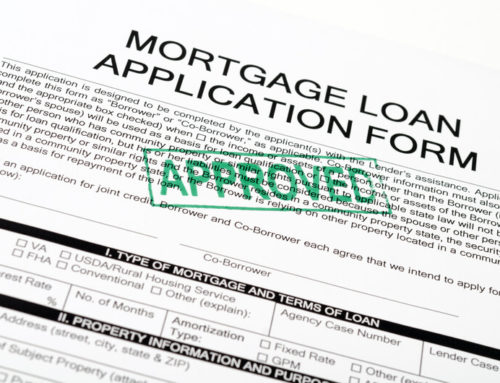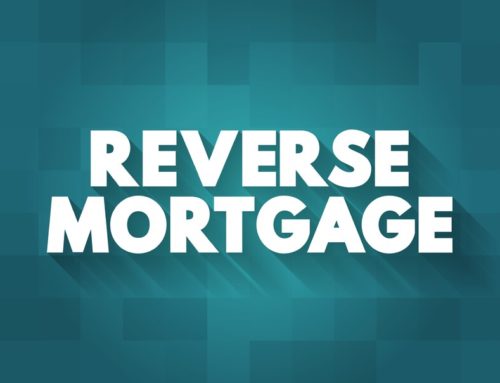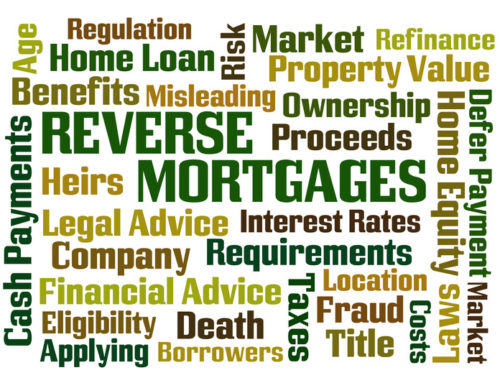Just try to pronounce HECM (heck-um), and you might have someone say “bless you” or get offended thinking you are saying a curse word. The HECM, or Home Equity Conversion Mortgage, is a mortgage loan for people who are 62 years of age or older. It is the Federal Housing Administration’s (FHA) version of the Reverse Mortgage Loan. The first reverse mortgage written in the United States was in the 1960s, then in the 1980’s President Ronald Reagan made it a mortgage loan that was insured and regulated by the FHA. Since the 1980s, the HECM has undergone a massive overhaul that really caught fire after the 2008 real estate market crash.
There are other private or proprietary reverse mortgages (not HECM) that are offered by the largest reverse mortgage lenders, and some of them allow for the youngest borrower to be at least 55 years old. To qualify for the HECM, at least one borrowing spouse must be 62 years or older and, if the borrower is not married, then the borrower must be at least 62. I write it this way because there can be a Non-Borrowing Spouse (or NBS) that is underage and still “protected” under the HECM. This was a recent change from 2016 as the NBS was not “protected” and was kicked out of the house if the borrower passed away. That is no longer the case with the protections of 2016.
One of the most important parts of a Proprietary or HECM Reverse Mortgage Loan is the appraised value of the property. The amount of money offered to a borrower is based on 2 things: 1) the appraised value of the subject property and 2) the age of the youngest borrower. Someone, age 62 years old, will get a much smaller percentage of the value than someone at age 90. This is based on life expectancy, and the reverse mortgages use the same actuarial tables as life insurance.
To give the most basic and simple explanations of how a Reverse Mortgage Works, I use the following example. The reverse mortgage loan is like any other, in the sense that it is a mortgage loan from a lender, broker, or mortgage banker, you are charged an interest rate, you have closing costs, and the loan must be repaid at some point. Unlike a regular or “forward” mortgage, you are not required to take the money from your own pocket to make a monthly payment against the reverse mortgage loan. Rather, you are not asked to make any payments at all. Instead, the interest you are not paying is deferred. You keep the money to help with your monthly cash flow, and the interest accrues or accumulates on your loan balance. In other words, it is not free money.
If you want to sell, you can sell. If you want to refinance, you can refinance. If you live in the home for the rest of your natural life, then whoever inherits the property will need to somehow pay off the reverse mortgage loan by paying cash, refinancing, or selling the home. Either way, the equity or profits are theirs, BUT they have UP TO 1 year to pay off the reverse mortgage loan. The reverse mortgage servicer will give the heirs 6 months at first, then two 90-day extensions, which is why I am careful to write “up to 1 year”. During the market crash after 2008, the heirs had up to 18 months to sell the home, but this cannot be relied upon as something that will ever happen again.
For more information or personal details for you or a loved one, please reach out so that we can give you the complete details based on your unique case.
Written by Phil Stevenson, CRMP Owner & Principal MLO of PS Mortgage Lending, 1 of less than 200 Certified Reverse Mortgage Professionals (CRMP). Phil was interviewed and featured in Forbes 3 times since 2015 and has been offering reverse mortgage loans since writing one for his grandparents in 2008.

















